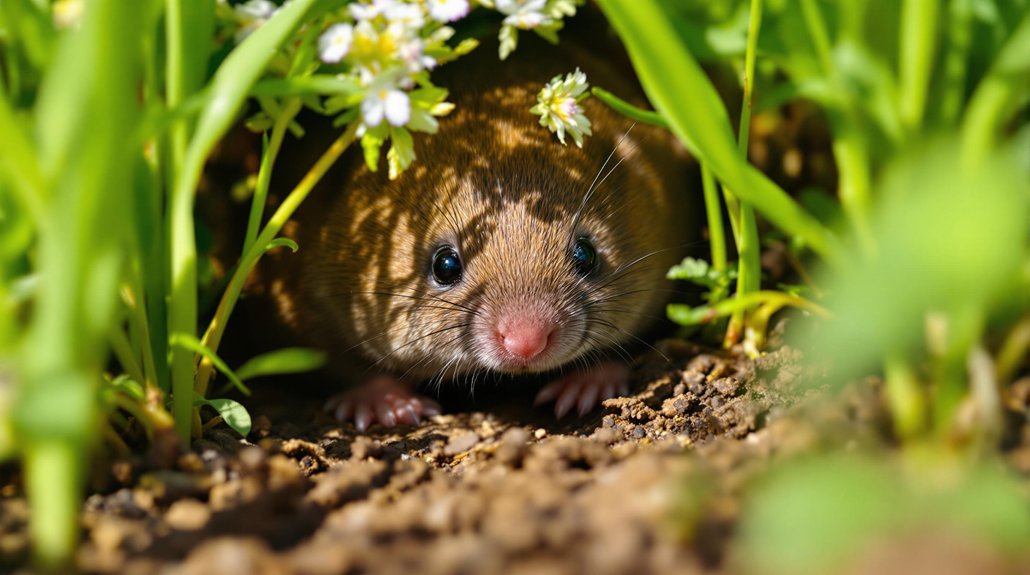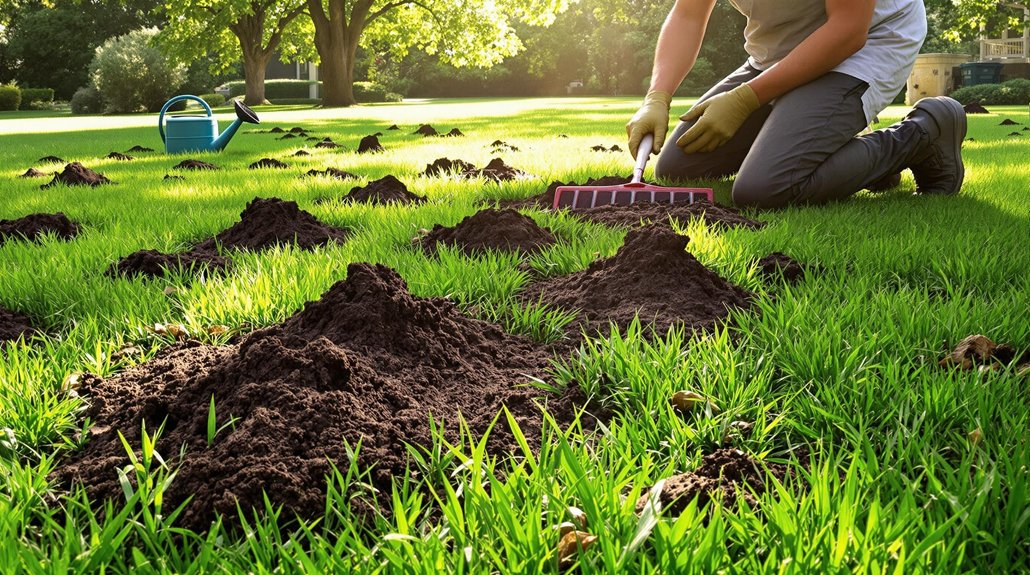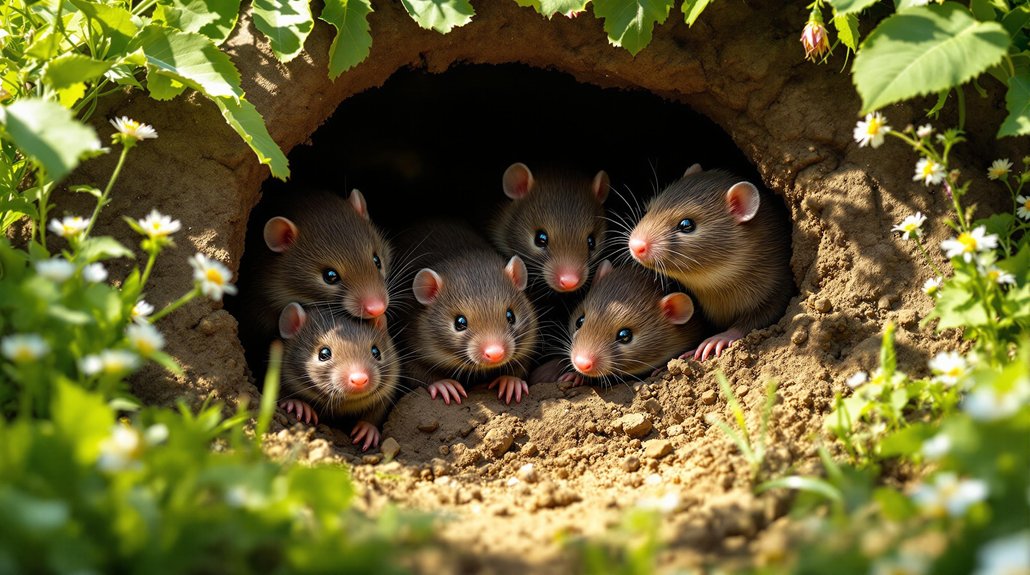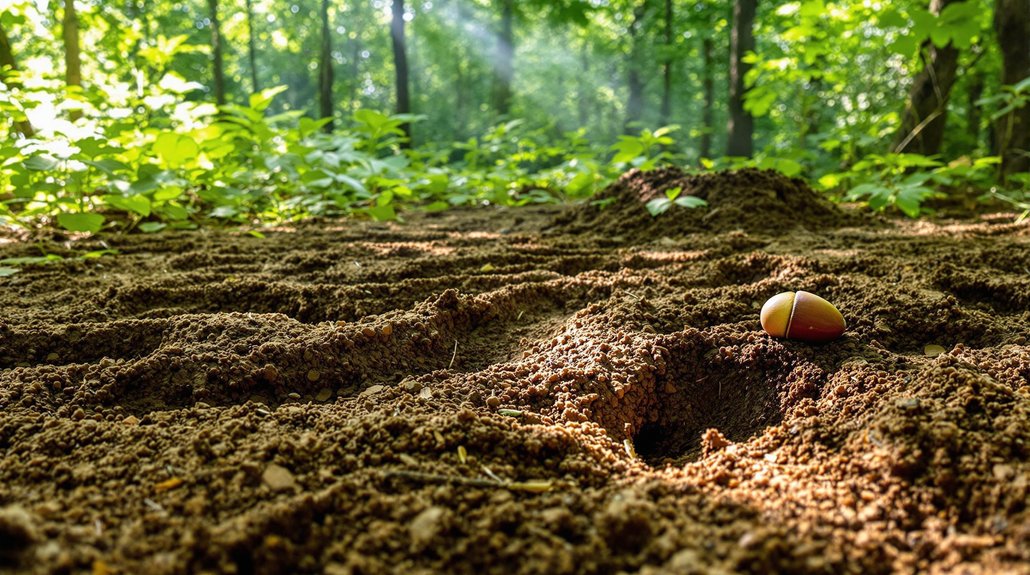


What Month Are Moles Most Active?
Moles are most active during the spring and fall. In spring, they emerge to search for food after winter, benefiting from increased soil moisture and food availability, like earthworms and insects. In fall, moles ramp up activity to gather food for the winter months....
How to Fix Lawn After Moles?
To fix a lawn after moles have caused damage, begin by inspecting the area for raised mounds and tunnel paths. Fill in any visible holes with topsoil or compost and aerate compacted areas to improve drainage. Reseed with grass that matches your existing lawn, and...
How Many Moles Live Together?
Moles show different social behaviors depending on their species. Some moles live alone, while others form small groups or family units. The size of these groups can vary based on food availability and environmental conditions. In regions with abundant resources,...
Will a Mole Bite You?
Moles rarely bite humans as they are generally non-aggressive. These animals prefer to avoid confrontation and show defensive behavior only when threatened. If a mole feels cornered, it may hiss or dig vigorously, which indicates agitation. To prevent a bite, approach...
